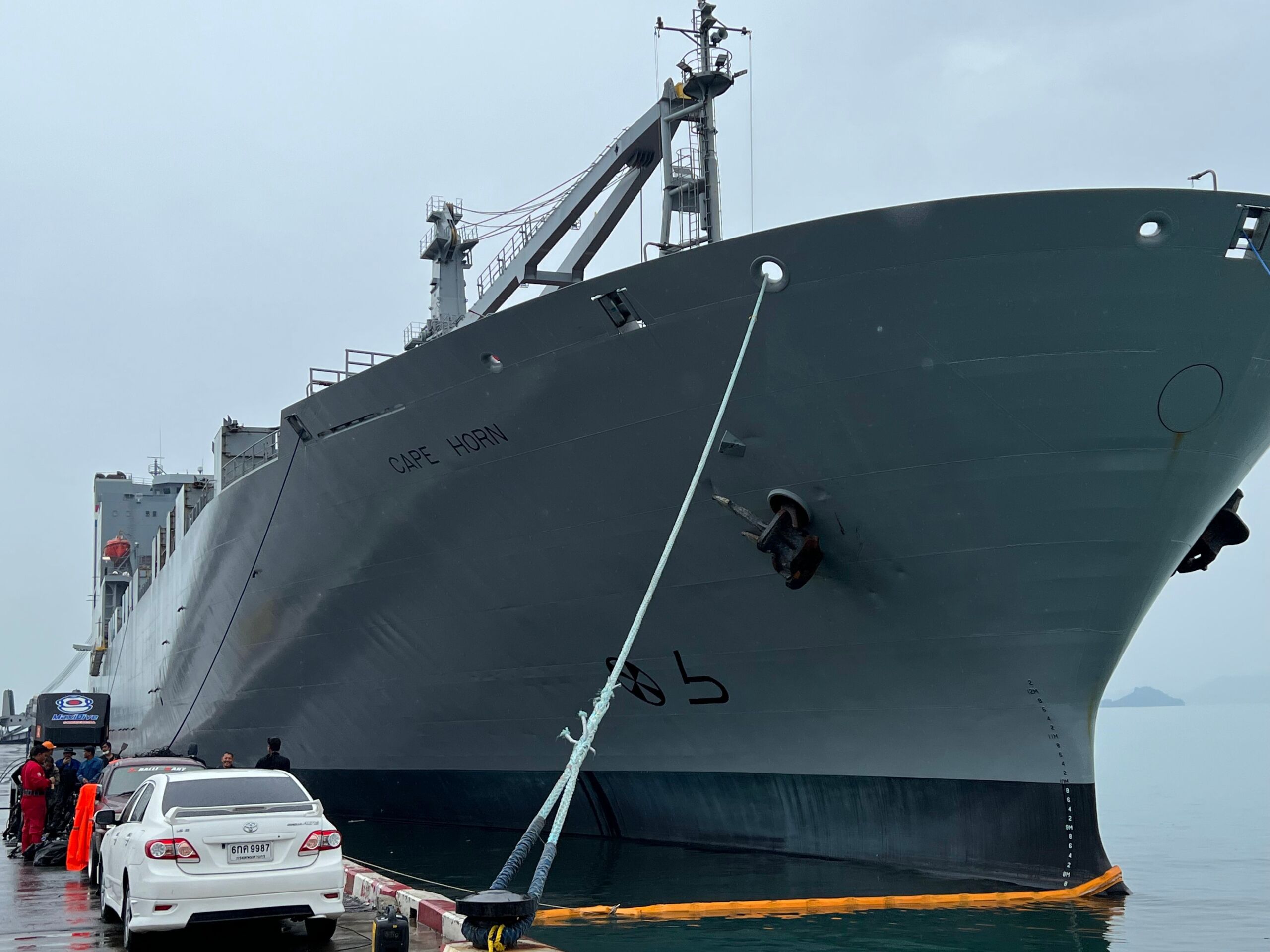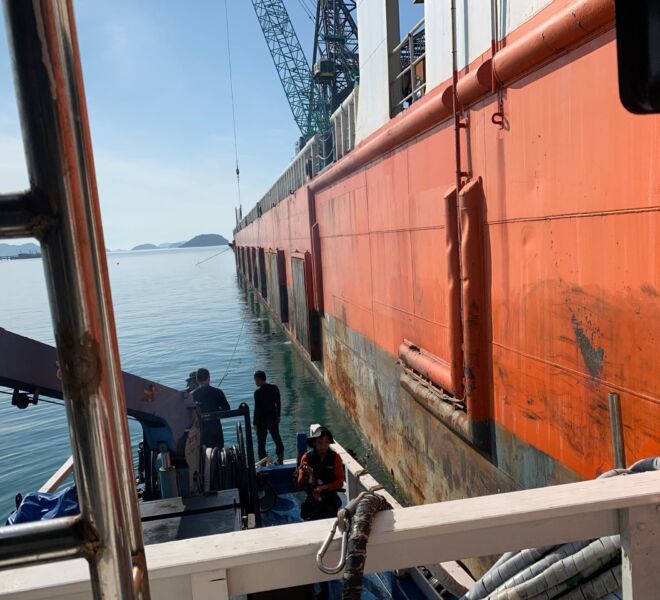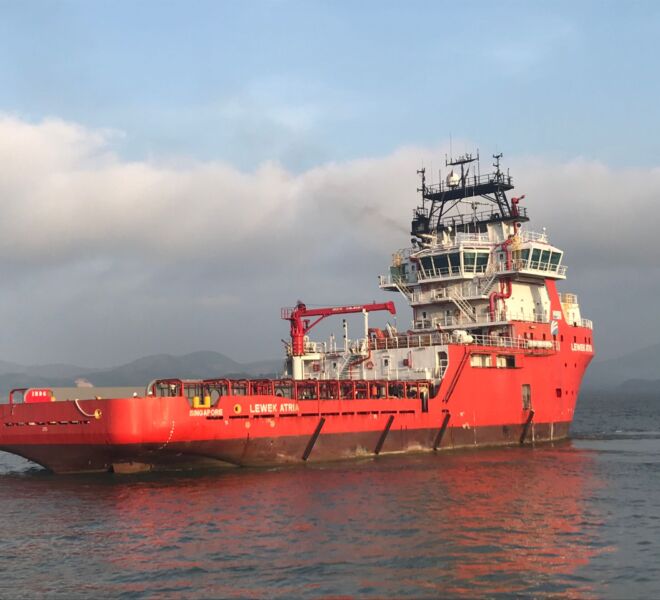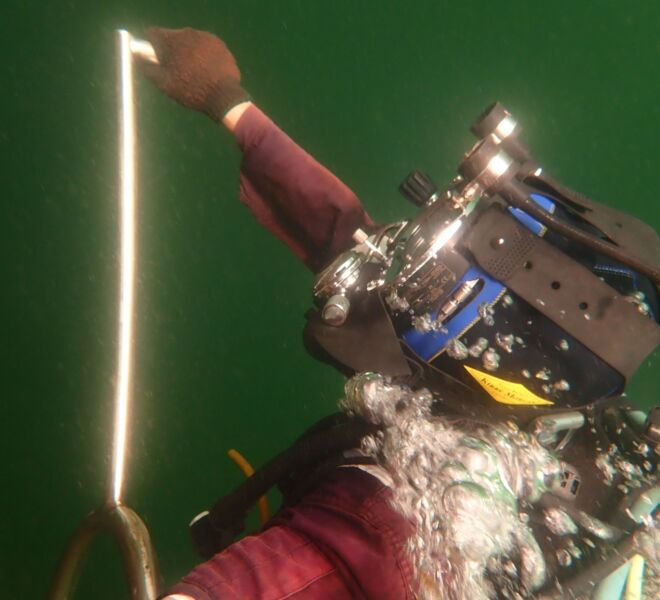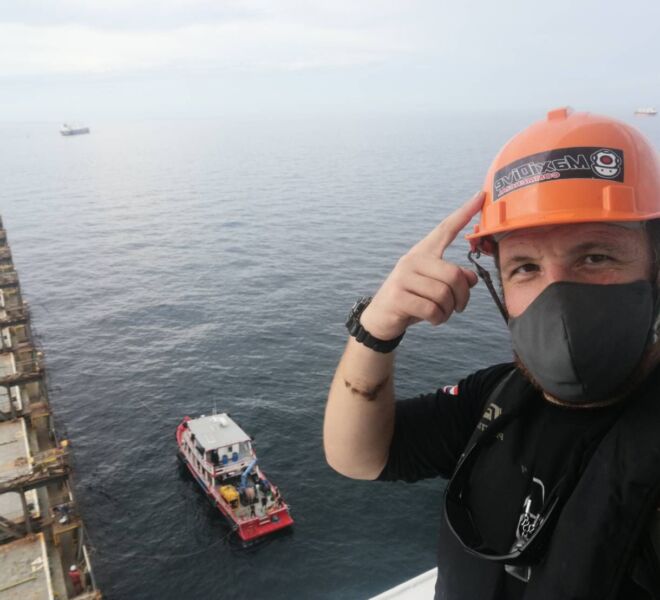Biofouling
If you plan to arrive in New Zealand, Australia, or the USA by ship, it’s essential to know the guidelines for bio-fouling management. Bio-fouling refers to the growth of aquatic organisms on ships’ hulls and other underwater surfaces, which can threaten the local ecosystem by introducing exotic species.
To ensure compliance with local regulations, a Bio-Fouling Inspector may be necessary to witness your vessel’s complete cleaning. Our company can assist with this process by arranging the attendance of a qualified inspector who will verify that the cleaning procedures have been completed to the required standards.
Biofouling, also known as marine growth, refers to the accumulation of marine organisms on the surface of boats and ships. This can include algae, barnacles, mussels, and other organisms that attach themselves to the hull, rudders, and propellers of vessels. Biofouling not only affects the appearance of boats but also impacts their performance by increasing drag and reducing fuel efficiency.


The biofouling accumulation tends to be denser in areas of complex geometry where water flow is slower, and turbulence is reduced. This creates an ideal environment for marine organisms to settle and grow. Some common areas where biofouling is commonly found include:
- Keels are particularly susceptible to biofouling as they provide a stable surface for marine organisms to attach.
- Strainers and sea chests: These are areas where seawater is taken in for cooling or ballast, and they can act as traps for marine organisms.
- Propellers: The propeller’s blades can provide a surface for marine organisms to settle, reducing the propulsion system’s efficiency.
- Anchors and chain lockers: Anchors and chain lockers are often situated low in the boat, creating a moist and dark environment that is conducive to the growth of marine organisms.
- Water intake and discharge systems: Any area where water is taken in or discharged from the boat can provide an entry point for marine organisms.
It is important to note that biofouling is not only limited to the hull and appendages of boats but can also occur in other areas, such as mooring lines and buoys.
To prevent the accumulation of biofouling, it is recommended to clean and paint the hull regularly and to use antifouling paints that contain biocides that deter the growth of marine organisms. Using a water flow device such as a bulb or vortex generator can also help reduce biofouling’s buildup.
Guidelines for the Ships arriving in New Zealand and similarly for Australia and the USA. We are able to arrange the attendance of a Bio-Fouling Inspector who can witness the full Cleaning and issue a statement that is deemed necessary for vessels to enter Australian Ports.
